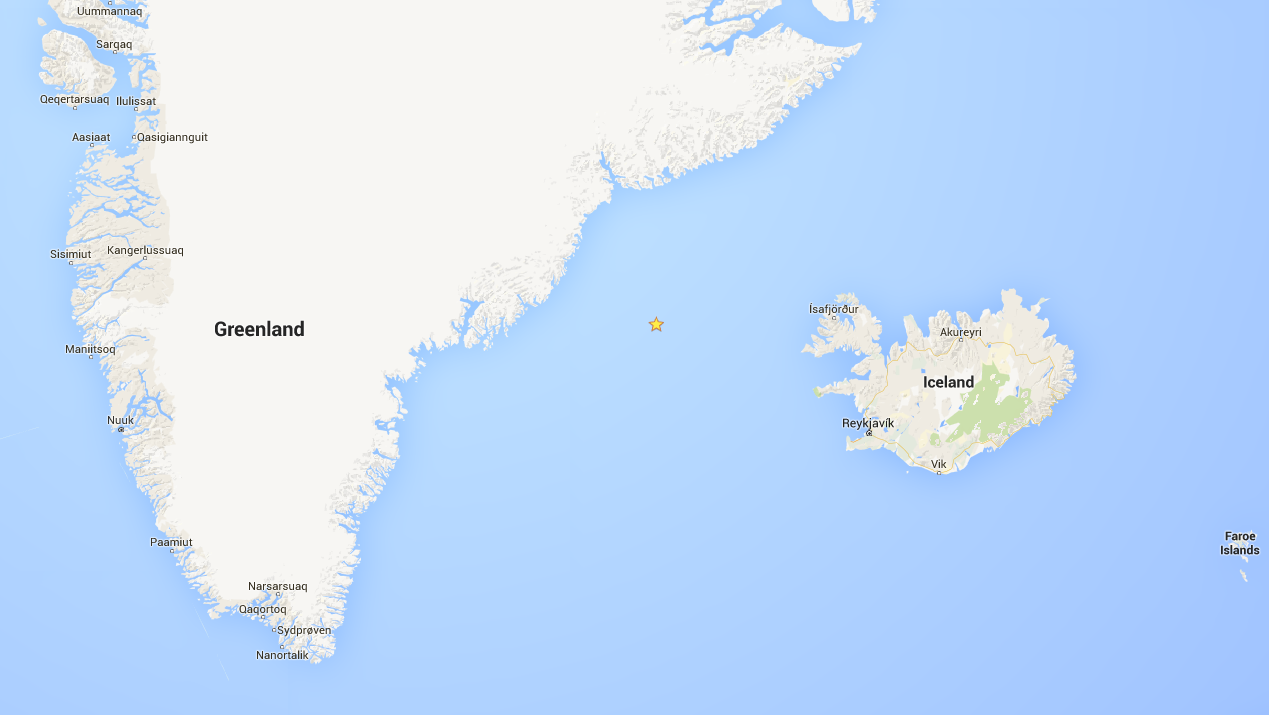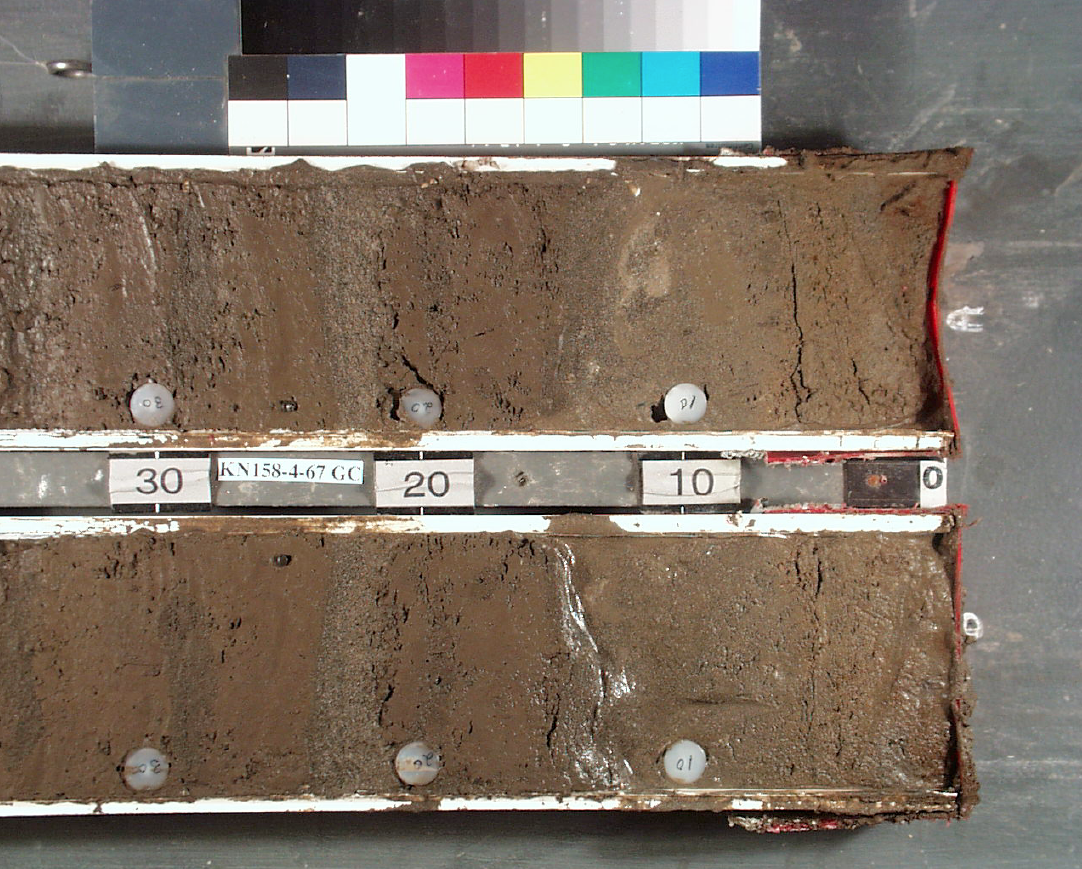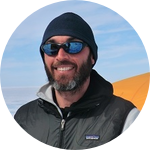Project Results
About This Project
Abundant throughout the world’s oceans, foraminifera are single-celled amoeboid protists. Their shells, called tests, are continually preserved as fossils in accumulating sediment. Our study aims to provide a better understanding of modern patterns of benthic foraminiferal fauna and abundance in the Arctic -- a region that plays a major role in the global climate system. Funding for this project will enable us to accurately date sediment samples from a core collected off southeast Greenland.
Ask the Scientists
Join The DiscussionWhat is the context of this research?
Foraminifera occupy a geological range from the early Cambrian to the present day. Their well preserved shells, high relative abundance, and short response time to changing environmental conditions make foraminifera ideal proxies for environmental conditions, as well as paleoclimate reconstructions.
We aim to identify, examine, and quantify calcareous and agglutinated foraminiferal faunas from a sediment core taken from Greenland's continental shelf. According to estimations of sediment accumulation rates, our samples will span the past five decades. Variability in fauna and species richness may reflect changes in the extent and duration of seasonal sea ice, as well as changes in ocean chemistry, including ocean acidification.
What is the significance of this project?
Due to anthropogenic climate change, the Arctic region is undergoing rapid changes. This includes a decline in sea ice extent, increased mass loss of from the Greenland ice sheet, and ocean acidification. Models predict that this region will experience the strongest temperature increases in the future due to polar amplification.
The study of foraminifera is of great importance for the development, improvement, and validation of climate models that predict scenarios for future climate. More knowledge about the relationship between the responses of the benthic foraminiferal fauna to various environmental changes are needed. This knowledge will improve our understanding of current and future climatic changes.
What are the goals of the project?
In order to improve the application of Arctic benthic foraminifera as proxy indicators of modern and past environments, we aim to classify foraminiferal fauna and abundance within nine sediment samples. Firstly, in order to accurately date the sediment, we must verify the sediment accumulation rate by radioactive isotope analysis. Then, to separate the tests from the surrounding sediment, sieving techniques will be used. Foraminifera will be classified primarily on the composition and morphology of the shells. Imaging of the samples will be performed using a field emission scanning electron microscope (FE-SEM). The analysis of results in regards to recent climate change will utilize sea ice satellite data, as well as outputs from a regional climate model for Greenland and the vicinity.
Budget
To determine and verify the approximate age of the nine sediment samples, the sediment accumulation rate, and rates of bioturbation, analyses of gamma emitting radionuclides must be completed.
From measurement of the radioactive isotopes 210Pb and 137Cs, one can calculate the rates of mixing (bioturbation and physical mixing) and sedimentation in coastal and deep ocean sediments on time scales of days to 100 years.
Sediment core samples were taken in discreet 1.0 cm intervals from 0.0 - 10.0 cm. We received nine samples of 10.0 cc and the cost of analysis is $315 per sample.
Endorsed by
Meet the Team
Affiliates
Affiliates
Team Bio
Laura is a graduate student studying Earth and atmospheric science at the City College of New York. After finishing a degree in fine arts at NYU, she learned she was not only interested in representing the natural world through art, but eager to learn about the science behind Earth’s dynamic systems, the oceans, and climate change. While pursuing her degree, Laura taught K-12 students and worked to develop new curricula that fused art and science. She is especially interested in the significance of the climate change field, Earth's past climate, as well as the challenges of communicating these concepts to students and communities.
In Laura's time away from research you can find her needle felting miniature animal heads or oil painting. She really likes plants, cats, and rocks.
Kim is an adjunct associate professor at Hunter College with the Department of Geography-Earth & Environmental Science. She earned her Ph.D. with the CUNY Graduate Center under advisement of Neil Landman at the American Museum of Natural History, New York. As a paleoecologist, Kim has interest in both the physical and biological aspects of environments. Current research includes analysis on biodiversity shifts of macrofossil assemblages and their host carbonates through time in methane cold-seeps of the Cretaceous in Western Interior Seaway (WIS), and investigations into benthic foraminiferal populations of ancient methane seeps and coeval localities of the WIS.
Kimberly Meehan
Kimberly C. Meehan is an adjunct associate professor at Hunter College with the Department of Geography-Earth & Environmental Science. She earned her Ph.D. with the CUNY Graduate Center under advisement of Neil Landman at the American Museum of Natural History, New York. As a paleoecologist, Kim has interest in both the physical and biological aspects of environments. Current research includes analysis on biodiversity shifts of macrofossil assemblages and their host carbonates through time in methane cold-seeps of the Cretaceous in Western Interior Seaway (WIS), and investigations into benthic foraminiferal populations of ancient methane seeps and coeval localities of the WIS. Kim also has worked on Burgess Shale-type preservation of Cambrian algal fossils from the Wheeler Formation, Utah, and investigations involving geochemical proxies for oxic/anoxic conditions and their roles in soft bodied preservation.
Press and Media
Some more about my lab -- The Cryospheric Processes Laboratory (CPRSL), at the City College of New York.
CPRSL in the news, Tools of the trade, when your trade is studying the Greenland ice cap by Ars Technica.
And, from Earth & Space Science News (EOS), What darkens the Greenland Ice Sheet?
Additional Information

Figure 1. Location of sediment core, KN158-4-67GC, taken in July of 1998 (65.9618, -30.331).

Figure 2. Sediment core, KN158-4-67GC before sampling. Samples were taken in discreet 1.0 cm intervals from 0-10 cm. We received nine samples of 10cc from 0-0.5, 1.0-1.5, 2.0-2.5, 3.0-3.5, 4.0-4.5, 5.0-5.5, 6.0-6.5, 7.0-7.5, 8.0-8.5, and 9.0-9.5 cm.
Project Backers
- 58Backers
- 101%Funded
- $3,050Total Donations
- $52.59Average Donation


